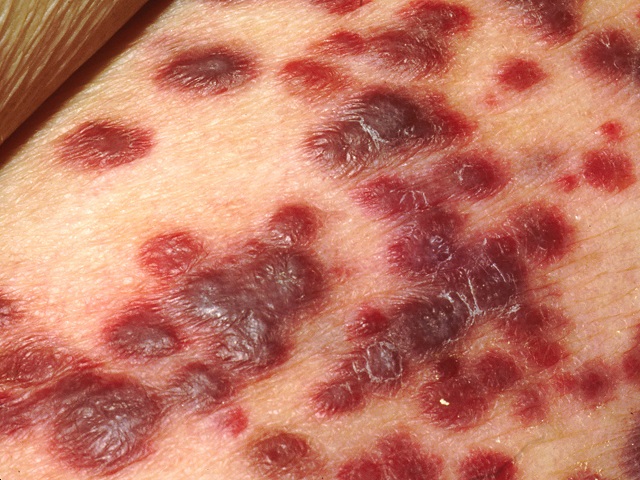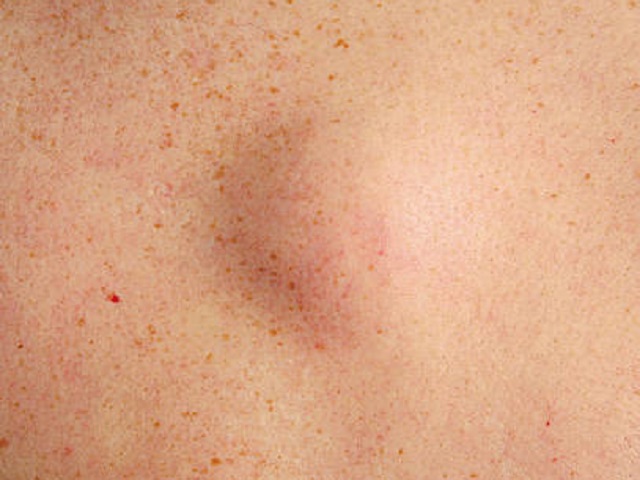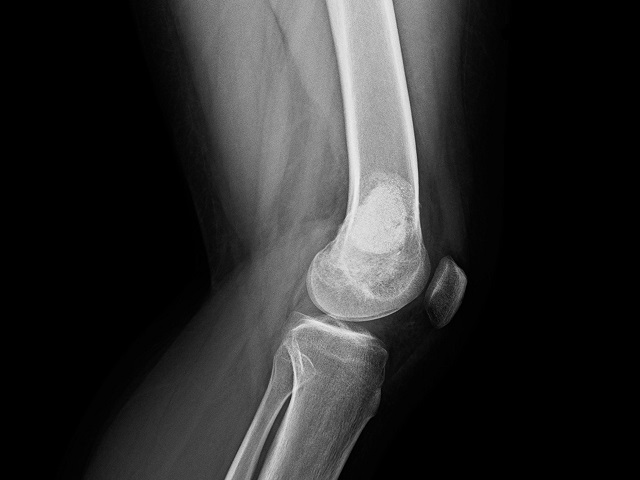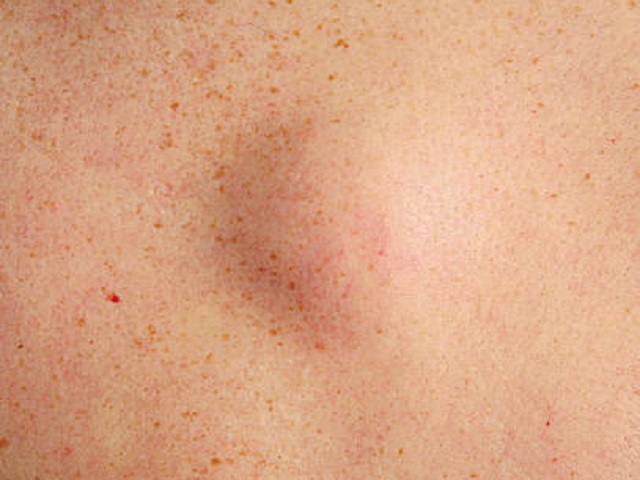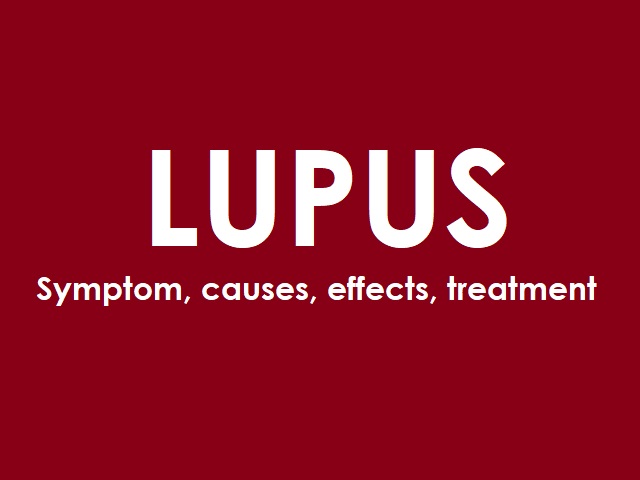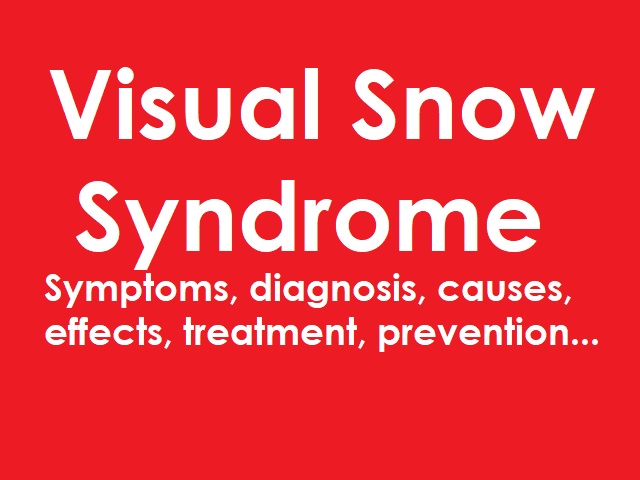3 Signs You May Have Kaposi's Sarcoma -- Symptoms, Causes, Effects, Treatment and Prevention
Kaposi's sarcoma is a type of cancer that primarily affects the skin, but can also involve other organs such as the lungs, gastrointestinal tract, and lymph nodes. It is caused by the human herpesvirus 8 (HHV-8), also known as Kaposi's sarcoma-associated herpesvirus (KSHV). Kaposi's sarcoma is characterized by the abnormal growth of cells that line the blood vessels. It typically presents as raised, discolored lesions on the skin, but can also affect internal organs. There are four main types of Kaposi's sarcoma: classic, epidemic or AIDS-related, immunosuppression-related, and endemic or African. Here is an explanation of Kaposi's sarcoma, along with its symptoms, diagnosis, causes, effects, treatment, and prevention:
Symptoms of Kaposi's Sarcoma:
The symptoms of Kaposi's sarcoma can vary depending on the type and location of the lesions. Common signs and symptoms may include:
- Skin lesions: Raised, discolored patches or nodules on the skin, which can be red, purple, or brown.
- Lesions in the mouth or throat: Painful, red or purple lesions that can interfere with swallowing or breathing.
- Internal organ involvement: Symptoms such as cough, shortness of breath, gastrointestinal bleeding, or swelling in the legs may occur if internal organs are affected.
Diagnosis of Kaposi's Sarcoma:
Diagnosing Kaposi's sarcoma involves several methods to assess and confirm the presence of the tumor:
- Medical history and physical examination: A healthcare professional will inquire about symptoms and perform a physical examination to evaluate the skin lesions and check for organ involvement.
- Biopsy: A tissue sample from the skin or affected organ is collected and examined under a microscope to confirm the presence of Kaposi's sarcoma cells.
- Laboratory tests: Blood tests may be performed to detect the presence of HHV-8 antibodies or assess the immune status, particularly in cases related to HIV/AIDS.
Causes of Kaposi's Sarcoma:
Kaposi's sarcoma is caused by the human herpesvirus 8 (HHV-8), also known as Kaposi's sarcoma-associated herpesvirus (KSHV). HHV-8 is transmitted through various routes, including sexual contact, organ transplantation, and in some cases, from mother to child.
Effects of Kaposi's Sarcoma:
If left untreated or undetected, Kaposi's sarcoma can have significant effects on a person's health:
- Local spread: The tumor can invade nearby tissues and structures, causing damage and affecting their function.
- Metastasis: In advanced cases, Kaposi's sarcoma can spread to other parts of the body, leading to more widespread disease and reduced survival rates.
Treatment of Kaposi's Sarcoma:
The treatment of Kaposi's sarcoma depends on the extent and severity of the disease, as well as the individual's overall health. Treatment options may include:
- Antiretroviral therapy (ART): For individuals with HIV/AIDS-related Kaposi's sarcoma, controlling HIV infection with ART can help manage the sarcoma and prevent further progression.
- Local therapy: Lesions on the skin or in the mouth may be treated with therapies such as radiation, laser therapy, or injections of chemotherapy directly into the lesions.
- Systemic therapy: In cases of widespread or aggressive disease, chemotherapy or immunotherapy medications may be used to target and kill cancer cells throughout the body.
Prevention of Kaposi's Sarcoma:
Prevention strategies for Kaposi's sarcoma primarily focus on reducing the risk of acquiring HHV-8 infection, particularly in high-risk populations. These may include:
- Safe sexual practices: Practicing safe sex, such as using barrier methods like condoms, can reduce the risk of sexually transmitted infections, including HHV-8.
- Screening and early detection: Regular medical check-ups and screenings for individuals at high risk, such as those with HIV/AIDS or transplant recipients, can help detect Kaposi's sarcoma at an early stage.
It is important for individuals to consult healthcare professionals for accurate diagnosis, personalized treatment plans, and prevention strategies related to Kaposi's sarcoma.
References:
National Cancer Institute. (2021). Kaposi Sarcoma Treatment (PDQ) - Health Professional Version. Retrieved from https://www.cancer.gov/types/soft-tissue-sarcoma/hp/kaposi-treatment-pdq
Lebbe, C., Garbe, C., Stratigos, A., & Harwood, C. (Eds.). (2019). European Handbook of Dermatological Treatments (4th ed.). Springer.
Cheung, M. C., Chan, J. K., & Ngan, H. Y. (2018). Uterine Sarcoma. In Handbook of Gynecologic Oncology (2nd ed., pp. 503-523). CRC Press.
Image Attribution:
Featured image by National Cancer Institute, AV-8500-3620, Public domain, via Wikimedia Commons




